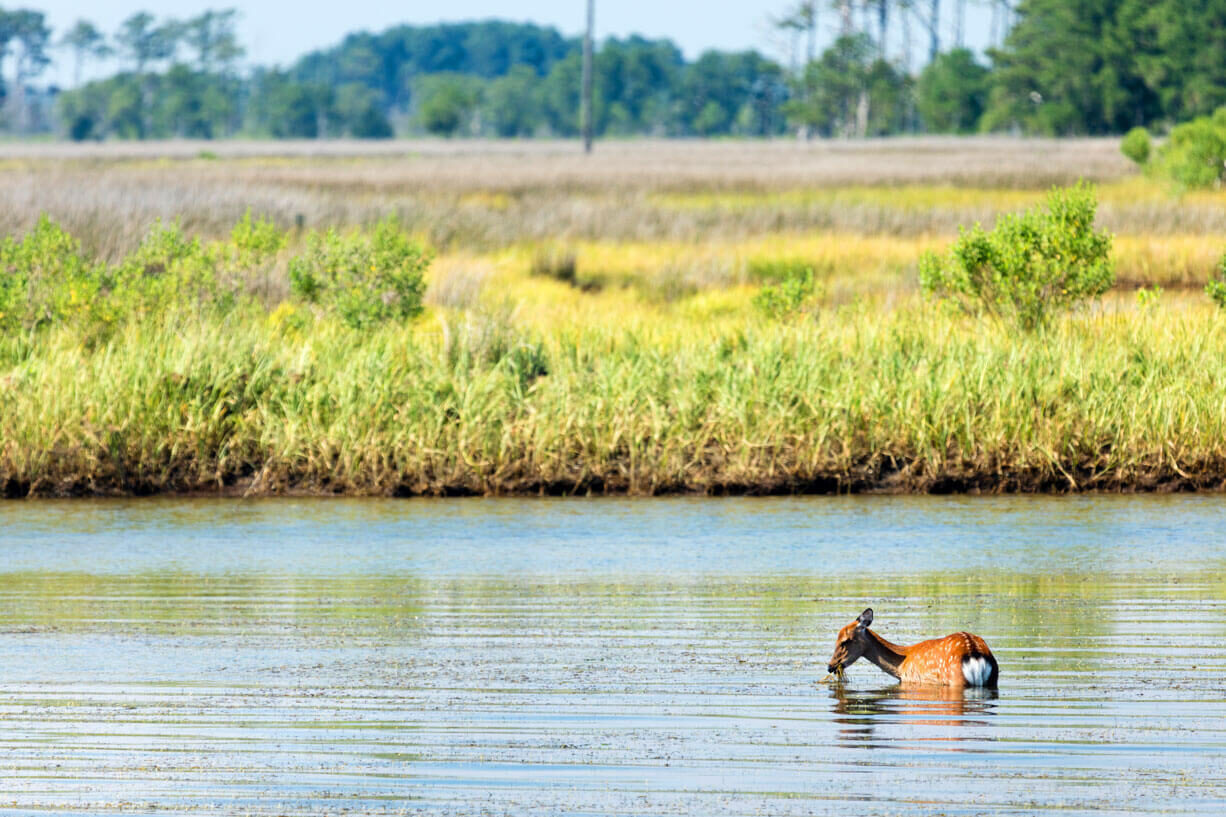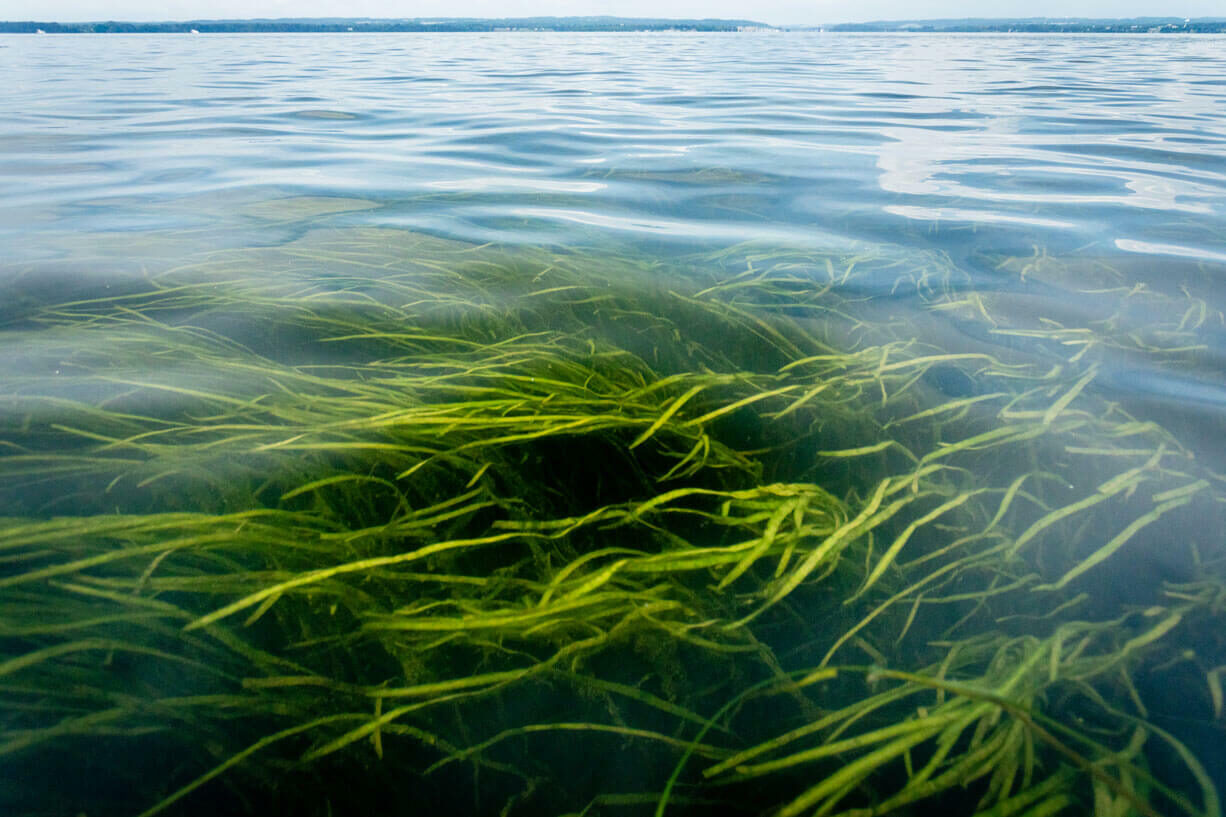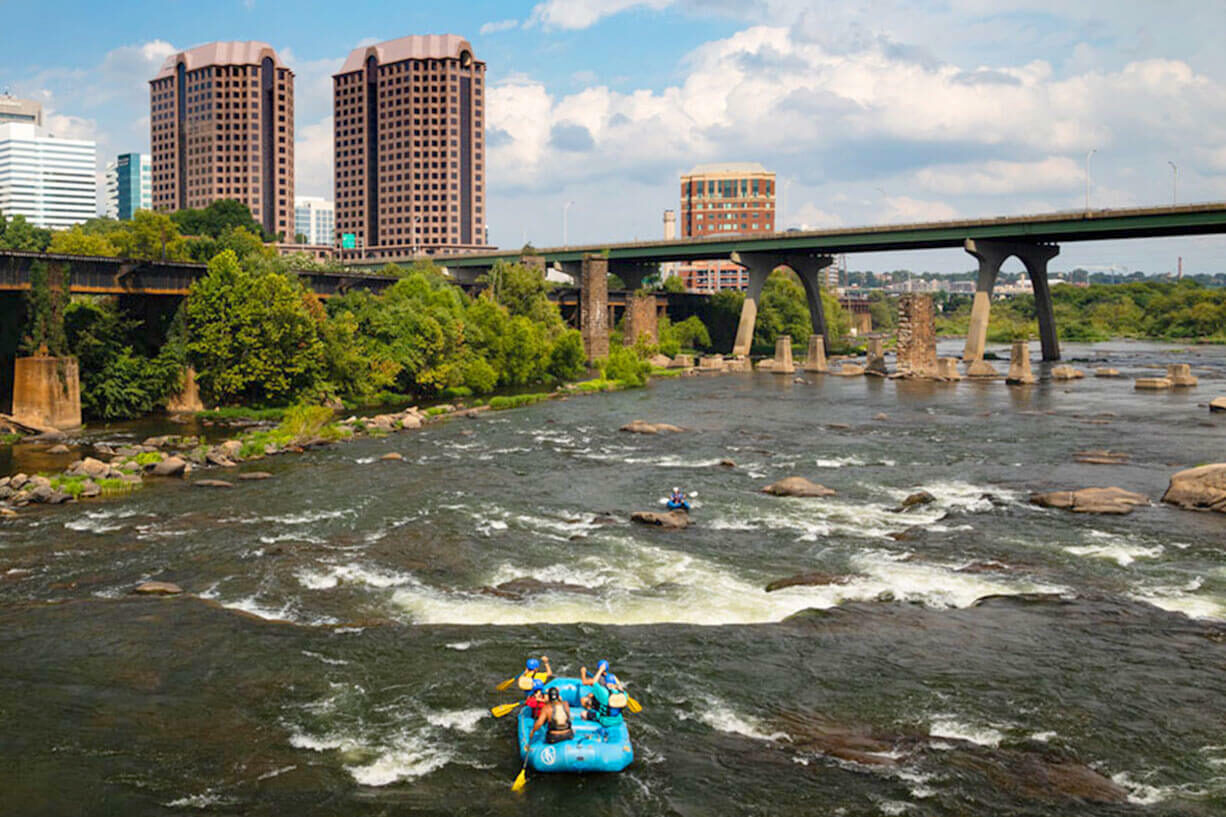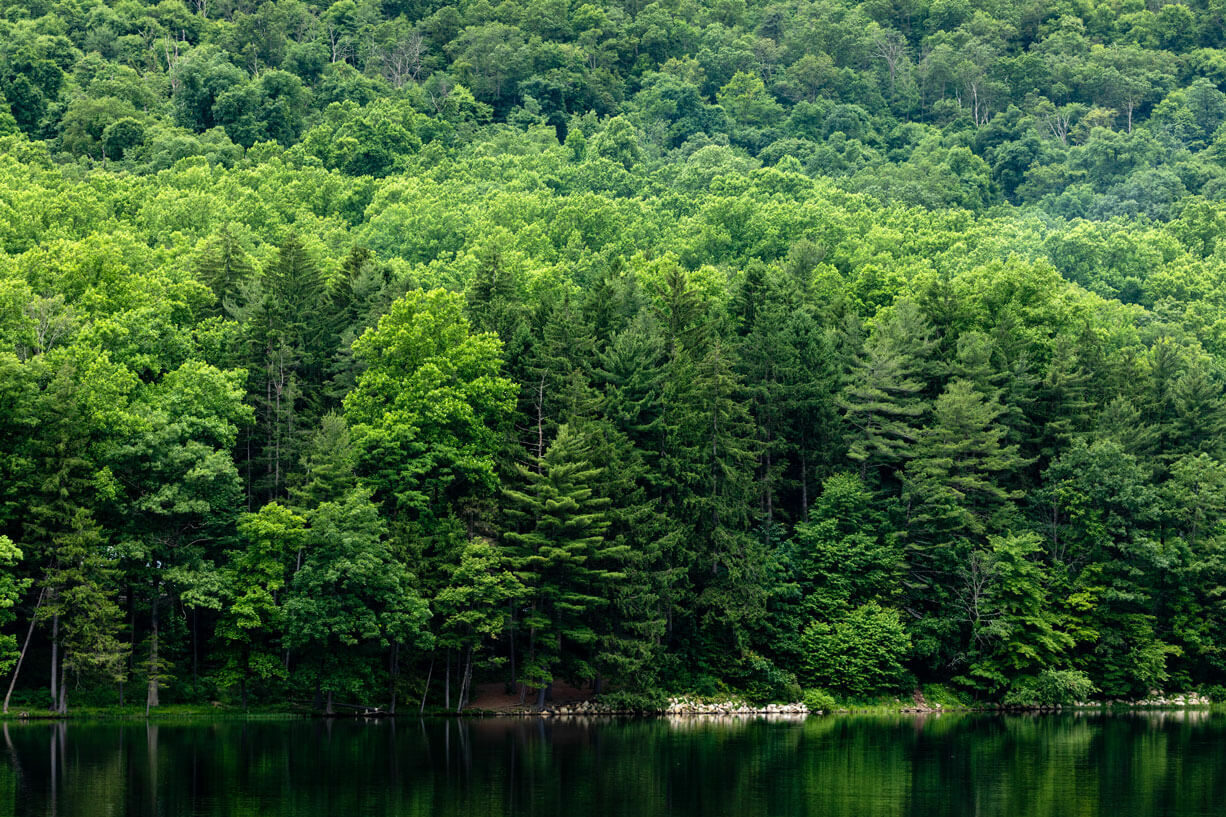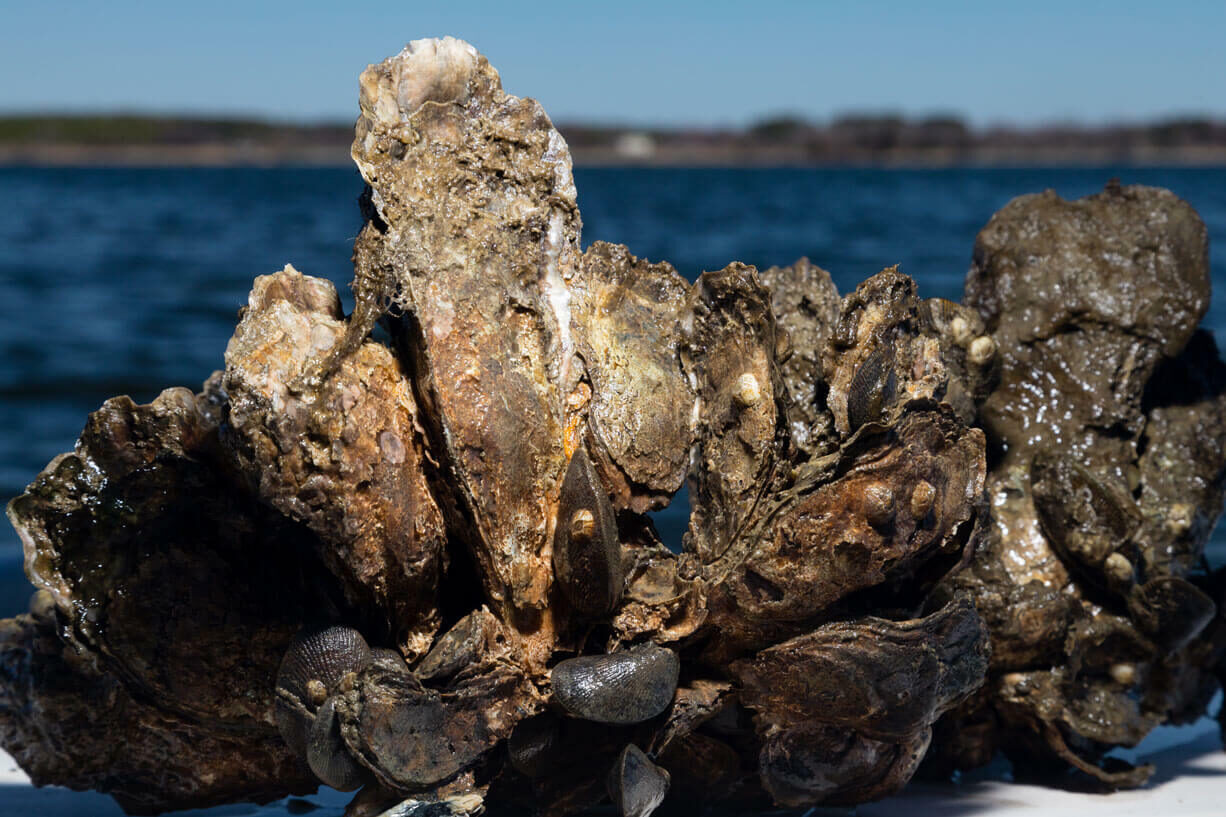Habitats
The Chesapeake Bay provides a range of habitats to plants, fish, and wildlife. The health of each habitat is important to the conservation and restoration of the watershed’s diverse ecosystems. Underwater grasses, rivers and streams, marshes and wetlands, oyster reefs, and forests provide thousands of species with food, shelter, breeding grounds and nurseries for raising young. The watershed even serves as “habitat highways” for fish populations along the Atlantic coast and birds migrating along the Atlantic Flyway.
These habitats also keep the Bay clean and healthy:
- Marshes and forest buffers can trap runoff and slow the flow of pollution into rivers and streams.
- Wetlands can dampen storm surges, protecting shorelines from erosion and properties from floods.
- Rivers and streams act as the arteries that connect the upper and lower parts of the watershed, providing passage for migratory fish and a physical connection from every local community to the Bay.
Habitats, or even microhabitats like temporary puddles or decomposing logs, can be found a short walk or bus ride from the classroom. Schoolyards can be habitats that connect students to larger, nearby habitats. Partners and educators can help students explore these habitats through field experiences that allow students to experience an ecosystem in a whole new way, like from the seat of a canoe. When students conduct outdoor field investigations, they can experience firsthand how their daily actions impact these vital habitats. Even more, students can take action to protect or restore areas through a variety of different ways.

